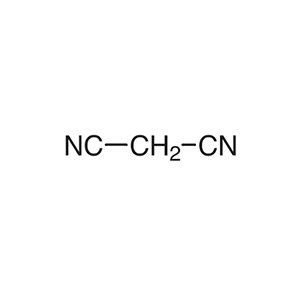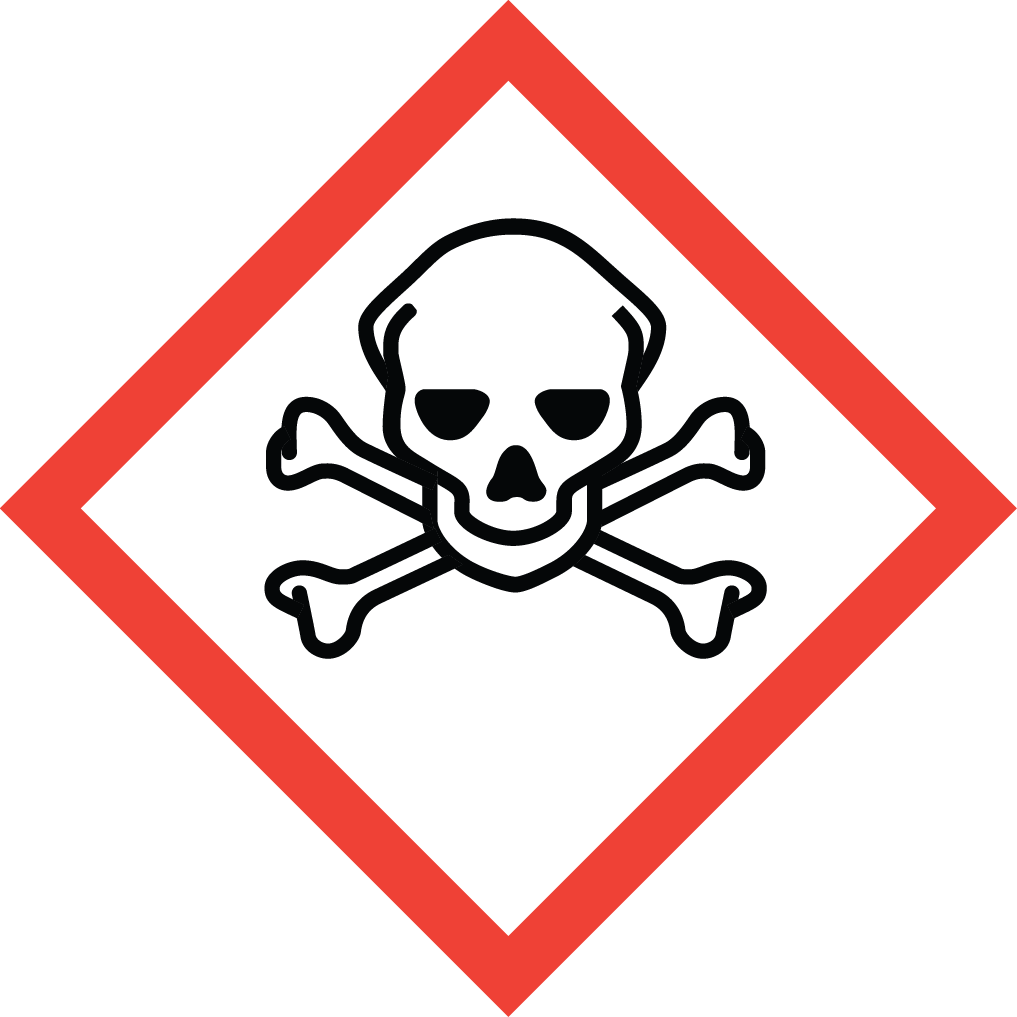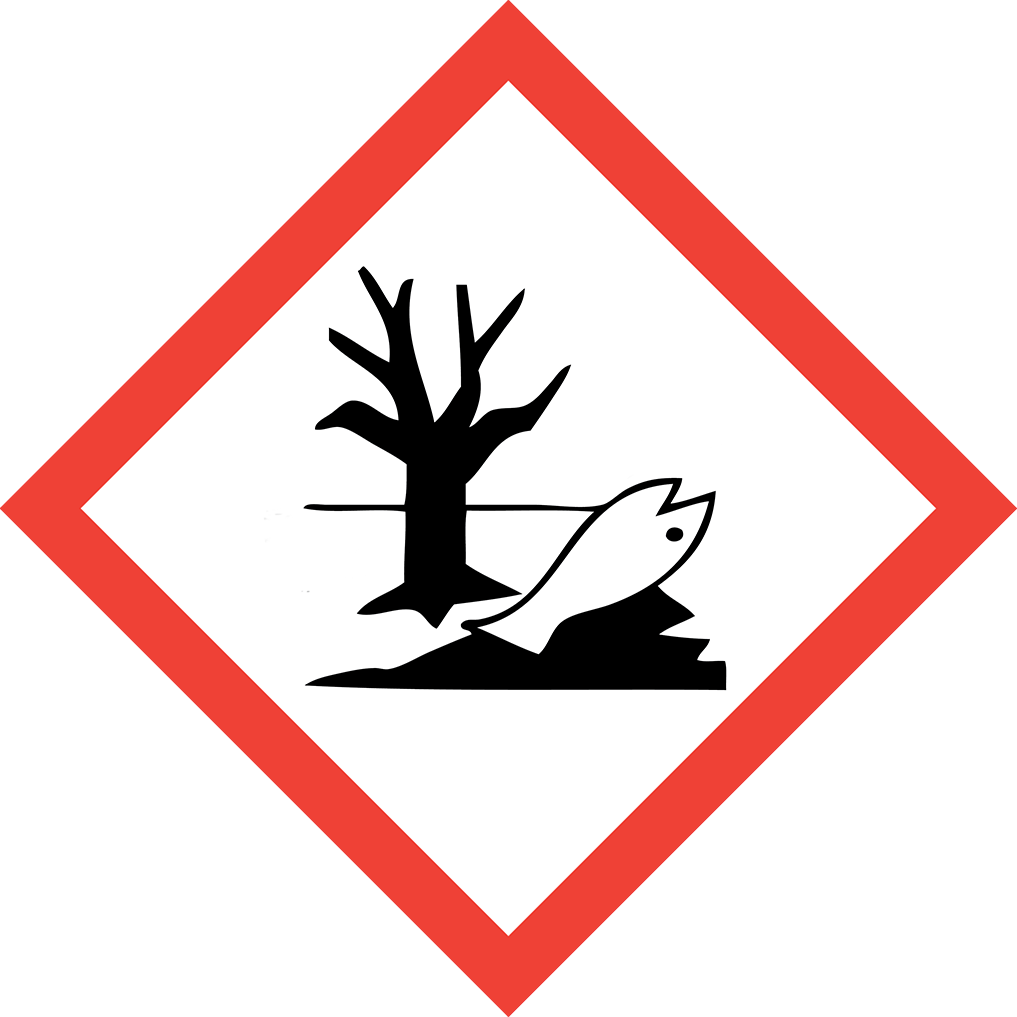Aure Chemical Delivers Excellence in High-Purity Malononitrile (CAS 109-77-3)
Aure Chemical is a leading global supplier of Malononitrile, also systematically known as Propanedinitrile or Dicyanomethane. This highly versatile organic compound is recognized for its exceptionally reactive active methylene group flanked by two electron-withdrawing nitrile groups. Our high-purity Malononitrile is an indispensable intermediate, serving as a crucial building block in the synthesis of a broad spectrum of high-value products, including advanced pharmaceuticals, agrochemicals, vibrant dyes, and various other fine and specialty chemicals.
Basic Information of Malononitrile
Malononitrile (CAS No. 109-77-3) is meticulously produced and rigorously tested to meet stringent quality standards. We ensure exceptional purity and consistent performance, essential for your most demanding applications:
| CAS No.: | 109-77-3 |
|---|
| EC No.: | 203-703-2 |
|---|
| Linear Formula: | NC–CH₂–CN |
|---|
| Molecular Weight: | 66.06 |
|---|
| Appearance: | White crystalline solid. |
|---|
| Odor: | Weak, characteristic odor. |
|---|
| Melting point: | 30-32 °C (lit.) |
|---|
| Boiling point: | 220 °C (lit.) |
|---|
| Density: | 1.049 g/mL at 25 °C (lit.) |
|---|
| Solubility: | Soluble in water, alcohol, ether, and other organic solvents. |
|---|
| Flash point: | 234 °F |
|---|
| Nature: | Combustible, toxic. |
|---|
| RIDADR: | UN 2647 6.1/PG 2 |
|---|
| Chemical Structure: |  |
|---|
Our commitment to delivering high-purity Malononitrile ensures a reliable and efficient component for your complex manufacturing and synthesis processes.
Primary Applications of Malononitrile
Malononitrile's highly reactive active methylene group makes it an incredibly valuable and versatile chemical with applications spanning numerous industries:
Pharmaceutical Synthesis:
Malononitrile is a critical intermediate in the production of various active pharmaceutical ingredients (APIs). Its reactivity allows for the facile formation of heterocyclic compounds, which are common motifs in drug molecules, leading to anti-inflammatory agents, diuretics, and other therapeutic compounds.
Agrochemical Manufacturing:
It is extensively used in the synthesis of a wide range of agrochemicals, including herbicides, fungicides, and insecticides. The unique structure and reactivity enable the creation of highly effective and selective crop protection agents.
Dyes and Pigments:
Malononitrile is a key precursor in the synthesis of various dyes and pigments, particularly those with complex heterocyclic structures. Its involvement allows for the development of vibrant colors and improved fastness properties for applications in textiles, plastics, and coatings.
Specialty Chemicals & Fine Chemicals:
It serves as a versatile building block for the synthesis of numerous other fine and specialty chemicals, including corrosion inhibitors, photographic chemicals, and precursors for advanced materials.
Knoevenagel Condensations:
Malononitrile is a classic reagent in Knoevenagel condensation reactions, where its active methylene group reacts with aldehydes and ketones to form $\alpha,\beta$-unsaturated nitriles, leading to a wide array of organic compounds.
Why Choose Aure Chemical for Your Malononitrile Supply?
Aure Chemical is dedicated to providing superior chemical solutions and unparalleled customer support. By partnering with us for your Malononitrile requirements, you benefit from:
Exceptional Purity & Reactivity: Our Malononitrile is manufactured to stringent purity specifications, ensuring optimal and predictable reactivity in your critical synthesis processes and high yields of desired products.
Reliable Global Supply Chain: We maintain a robust and efficient supply network, guaranteeing timely and secure delivery of this essential chemical to your facilities worldwide, adhering to all safety and regulatory standards.
Expert Technical Support: Our team of experienced chemists and specialists is readily available to offer comprehensive guidance on product application, safe handling procedures, and optimal storage conditions for Malononitrile.
Commitment to Quality & Safety: We adhere to the highest industry standards for quality management, safety, and environmental responsibility across all our operations, ensuring peace of mind for our clients handling this material.
Choose Aure Chemical for a trustworthy and dependable supply of high-quality Malononitrile. We are ready to support your most demanding and innovative chemical manufacturing processes.
Hazards Classification
GHS Classification: Acute Toxicity, Oral (GHS06), Acute Toxicity, Dermal (GHS06), Acute Toxicity, Inhalation (GHS06), Environmental Hazard (GHS09)
Hazard Statements: Toxic if swallowed, in contact with skin, or inhaled; toxic to aquatic life with long lasting effects.
UN Number: UN 2647
Hazard Class: 6.1 (Toxic substances)
Packing Group: II
 GHS06: Acute toxicity
GHS06: Acute toxicity GHS09: Environmental hazard
GHS09: Environmental hazard
